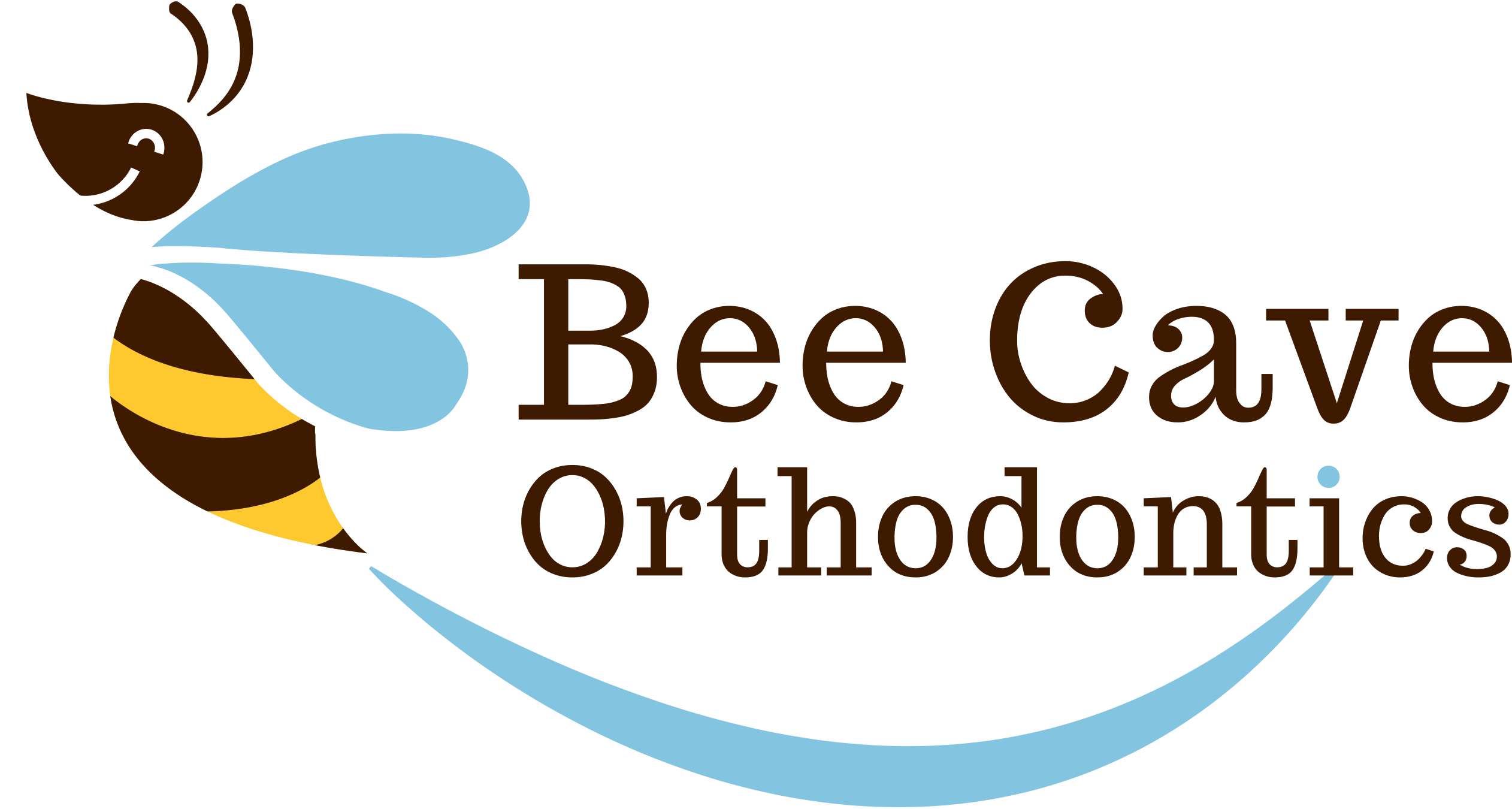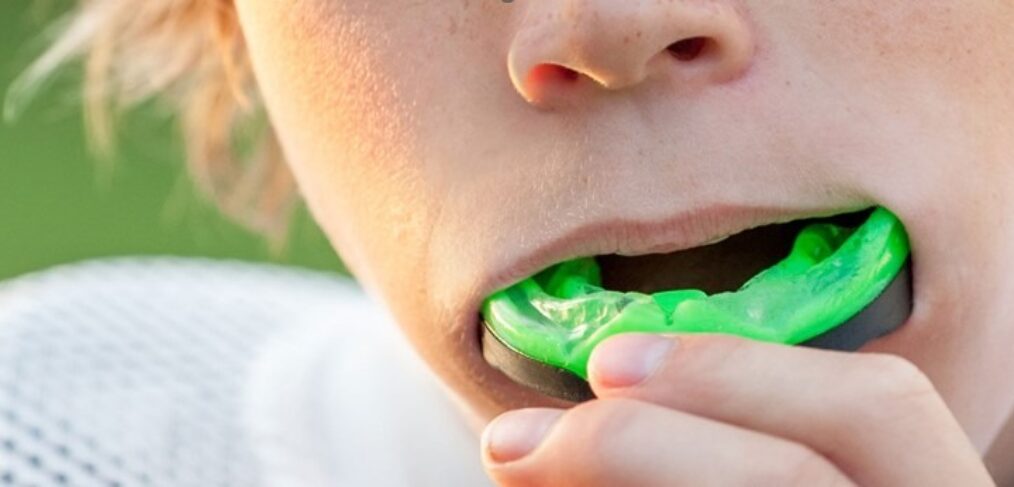Discover 7 essential tips for preventing cavities after holiday sweets. Perfect for busy moms, with expert advice from Dr. D to keep your child’s smile healthy and cavity-free.- Bee Cave Orthodontics – Austin, Texas
7 Tips for Preventing Cavities After Holiday Sweets
The holiday season brings joy, celebration, and plenty of sweets! However, as enjoyable as those treats are, they can pose a challenge to maintaining your child’s oral health. Dr. D, known for her expertise in children’s dentistry and commitment to making oral care approachable, is here to help with simple tips to prevent cavities after holiday indulgences.
1. Time Sweets Strategically
Rather than letting your child snack on sweets throughout the day, try to enjoy them during or right after meals. This helps reduce the exposure of teeth to sugar, as increased saliva production during meals helps rinse away food particles and neutralize acids.
2. Offer Water After Treats
Encourage your child to drink water after eating sugary foods. Water not only washes away sugars but also helps maintain hydration, which is essential for saliva production. Consider keeping a reusable water bottle handy to make it convenient for them.
3. Stick to Teeth-Friendly Treats
Not all sweets are equally harmful to teeth. Sticky candies like caramels or gummies cling to the teeth longer, increasing the risk of cavities. Instead, opt for options like dark chocolate, which melts away quickly and is less likely to stick and better for preventing cavities.
4. Brush and Floss Regularly
While brushing twice a day is essential for preventing cavities, the holidays may require an extra round of brushing, especially if your child enjoys more sweets than usual. Dr. D recommends using fluoride toothpaste and supervising younger children to ensure they reach every spot. Don’t forget to encourage flossing to remove debris between teeth!
5. Encourage Healthy Snack Alternatives
Pair holiday sweets with teeth-friendly snacks like cheese, apples, or raw veggies. These options not only provide a nutritious balance but also help scrub away food particles naturally.
6. Schedule a Post-Holiday Dental Check-Up
The holidays can be a busy time, but scheduling a dental check-up afterward ensures your child’s teeth stay healthy. Dr. D specializes in making dental visits comfortable and fun, even for children with special needs. Her personalized approach ensures every child feels at ease while receiving top-quality care.
7. Make Oral Hygiene Fun
Turn oral care into a game! Use a timer to make sure your child brushes for a full two minutes or let them choose a toothbrush with their favorite character. Dr. D often suggests playful techniques to make hygiene routines exciting and engaging for kids.
8. Educate on the ‘Why’ Behind Healthy Habits
Explain to your child how sugar affects their teeth in a way they can understand. For example, you could say, “Sugar can feed the bad germs in your mouth, and we brush to keep them away!” This helps them take ownership of their oral hygiene.
Dr. D: Your Partner in Oral Health: Book Now!
Dr. D is not only a trusted expert in Invisalign and pediatric dental care but also a dedicated advocate for helping moms manage their children’s oral health with ease. Her compassionate and approachable style makes her a favorite among families in the Austin area.
Ready to kickstart your child’s post-holiday dental routine? Schedule an appointment with Dr. D today! Let’s keep those smiles healthy and cavity-free.
Click here to Schedule a Free Consultation now!
Want to get to know us a little better? Check out our YouTube Videos!
















